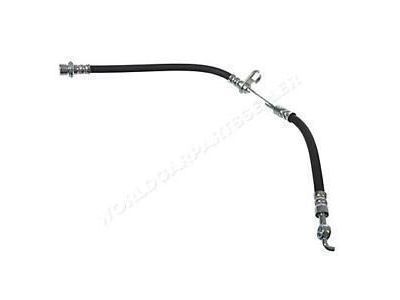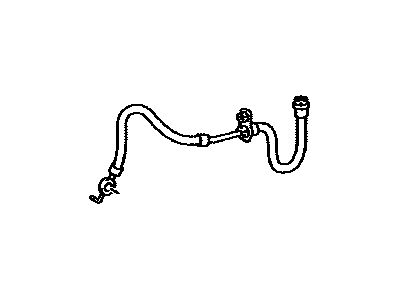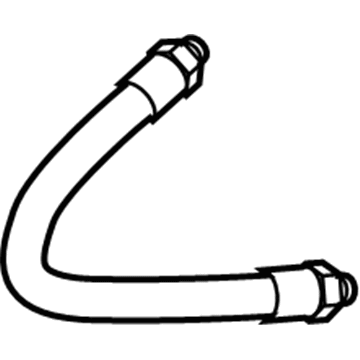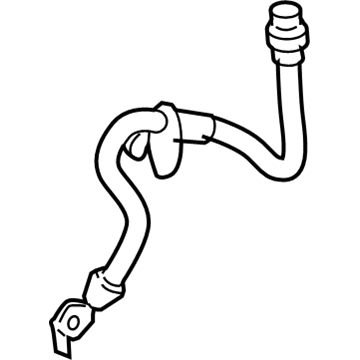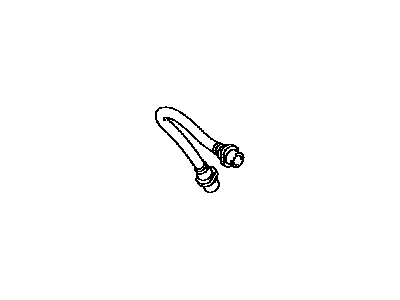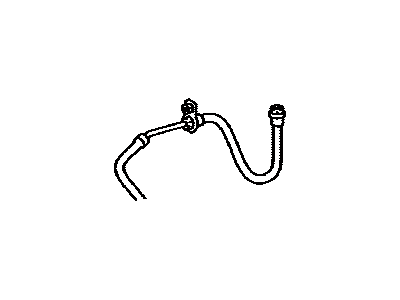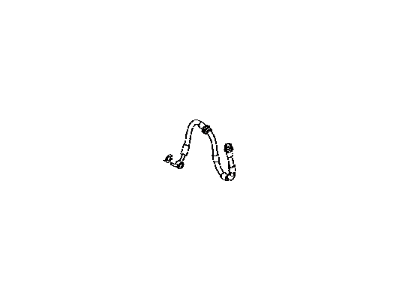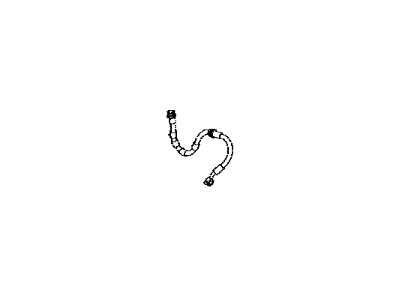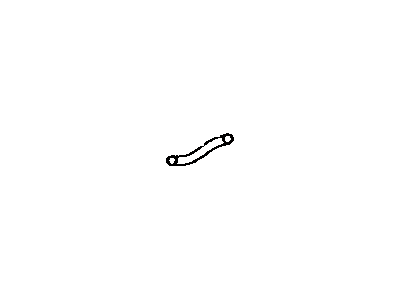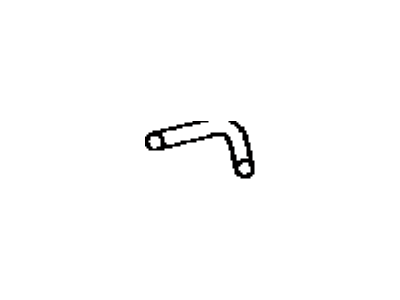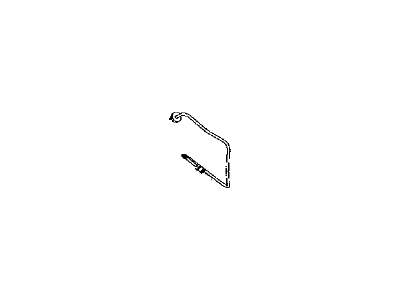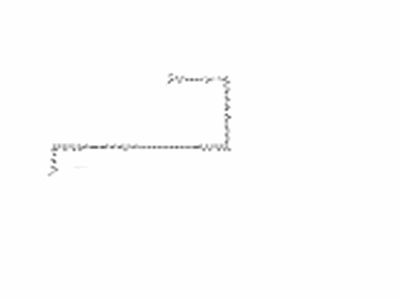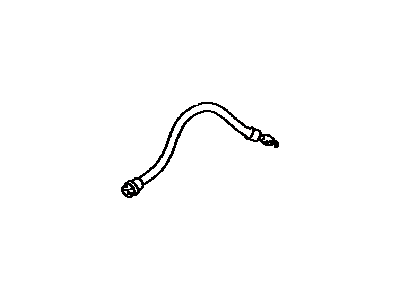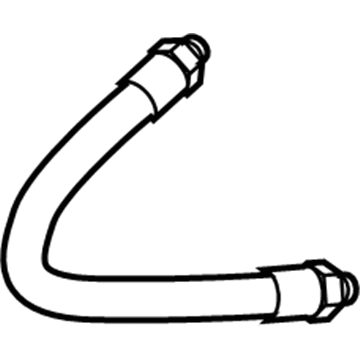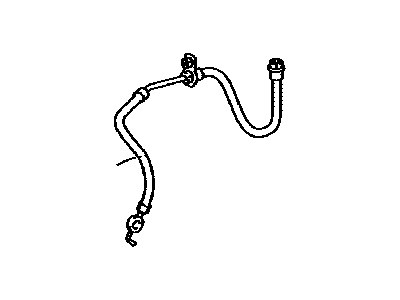

My Garage
My Account
Cart
Genuine Toyota Yaris Hydraulic Hose
Brake Hydraulic Line- Select Vehicle by Model
- Select Vehicle by VIN
Select Vehicle by Model
orMake
Model
Year
Select Vehicle by VIN
For the most accurate results, select vehicle by your VIN (Vehicle Identification Number).
32 Hydraulic Hoses found
Toyota Yaris Flexible Hose
Part Number: 90947-02G34$88.72 MSRP: $125.07You Save: $36.35 (30%)Ships in 1-3 Business DaysToyota Yaris Flexible Hose
Part Number: 90947-W2037$45.92 MSRP: $64.19You Save: $18.27 (29%)Ships in 1-3 Business DaysToyota Yaris Flexible Hose
Part Number: 90947-W2035$75.86 MSRP: $106.94You Save: $31.08 (30%)Ships in 1-3 Business DaysToyota Yaris Flexible Hose
Part Number: 90947-02E09$42.11 MSRP: $58.86You Save: $16.75 (29%)Ships in 1-3 Business DaysToyota Yaris Flexible Hose
Part Number: 90947-W2036$45.92 MSRP: $64.19You Save: $18.27 (29%)Ships in 1-3 Business DaysToyota Yaris Hose Assembly, Flexible
Part Number: 47330-WB001$41.33 MSRP: $57.77You Save: $16.44 (29%)Ships in 1-3 Business DaysToyota Yaris Hose Assembly, Flexible
Part Number: 47340-WB001$41.33 MSRP: $57.77You Save: $16.44 (29%)Ships in 1-3 Business DaysToyota Yaris Flexible Hose
Part Number: 90947-02G36$46.52 MSRP: $65.02You Save: $18.50 (29%)Ships in 1-3 Business DaysToyota Yaris Flexible Hose
Part Number: 90947-02E10$46.52 MSRP: $65.02You Save: $18.50 (29%)Ships in 1-3 Business DaysToyota Yaris Flexible Hose
Part Number: 90947-W2050$75.86 MSRP: $106.94You Save: $31.08 (30%)Ships in 1-3 Business DaysToyota Yaris Flexible Hose
Part Number: 90947-W2051$75.86 MSRP: $106.94You Save: $31.08 (30%)Ships in 1-3 Business DaysToyota Yaris Tube, Release Cylinder
Part Number: 31482-WB001$40.48 MSRP: $56.58You Save: $16.10 (29%)Ships in 1-3 Business DaysToyota Yaris Tube, Brake Master Cylinder To Way
Part Number: 47311-52270$4.36 MSRP: $6.09You Save: $1.73 (29%)Ships in 1-3 Business DaysToyota Yaris Flexible Hose
Part Number: 90947-02E11$43.42 MSRP: $60.69You Save: $17.27 (29%)Ships in 1-3 Business DaysToyota Yaris Flexible Hose
Part Number: 90947-02G38$46.52 MSRP: $65.02You Save: $18.50 (29%)Ships in 1-3 Business DaysToyota Yaris Flexible Hose
Part Number: 90947-02H31$44.28 MSRP: $61.89You Save: $17.61 (29%)Ships in 1-3 Business DaysToyota Yaris Flexible Hose
Part Number: 90947-W2038$45.86 MSRP: $64.10You Save: $18.24 (29%)Ships in 1-3 Business Days
| Page 1 of 2 |Next >
1-20 of 32 Results
Toyota Yaris Hydraulic Hose
If you are in demand for superior quality and affordable OEM Toyota Yaris Hydraulic Hose, then shop with us! We own a wide range of the reduced-priced genuine Toyota Yaris Hydraulic Hose. You can purchase in confidence as all parts come with a manufacturer's warranty. Any issues with our products? No need to worry as we have a hassle-free return policy to guide you every step of the way.
Toyota Yaris Hydraulic Hose Parts Questions & Experts Answers
- Q: How to Inspect, Remove, and Refit Hydraulic Hose and Brake Pipes on a Toyota Yaris?A:To examine it, raise the front and rear of the car off the ground on a level using an appropriate car jack. Inspection of unions to find out that they are not leaking and to check on the flexible hoses for cracking, or chafing and fraying especially at the front caliper. Check brake pipes for dent, corrosion and damage, remove corrosion and replace the pipes if it has severe pits mainly from direct exposure. Replacing any brake pipe or hose that may be damaged is another check up the should be conducted. To minimize brake fluid loss when unbolting a section of pipe or hose, either unscrew the filler cap and seal the reservoir's opening with cling film/ tape or drain it. To remove and disconnect the pipe one need to grasp the adjoining hose union nut with a spanner to secure from twisting and then turn the union nut of the pipe end till it is loose and then unscrew the union nut on the other end before finalizing the detachment of the pipe from its clips. If these nuts became tight expose to weather use split ring spanner to prevent damaging the flats while self-locking grips can be used as the last resort if the pipe is liable to renew. To reduce the chances of loss of brake fluid during the disconnecting of the flexible brake line, apply the clamp on the hose at the end of the rigid pipe. For the removal of flexible hoses, the ends should be cleaned with water and other suitable agents, the union nuts unscrewed and the spring clip removed in order to pull the hose from the support bracket and unscrewing from the caliper if any. Brake and fuel hose with flared ends and union nuts are available at the dealers or from accessory shops, to shape the new pipes they are bent with the aid of the old pipe but it is very important not to kink or crimp the hose. Refitting is basically conducted in an opposite pattern to removing and in the process all brake pipes should be supported and the hoses not kinked or be located near the suspension. Last of all, it is recommended to bleed the hydraulic system when done.
